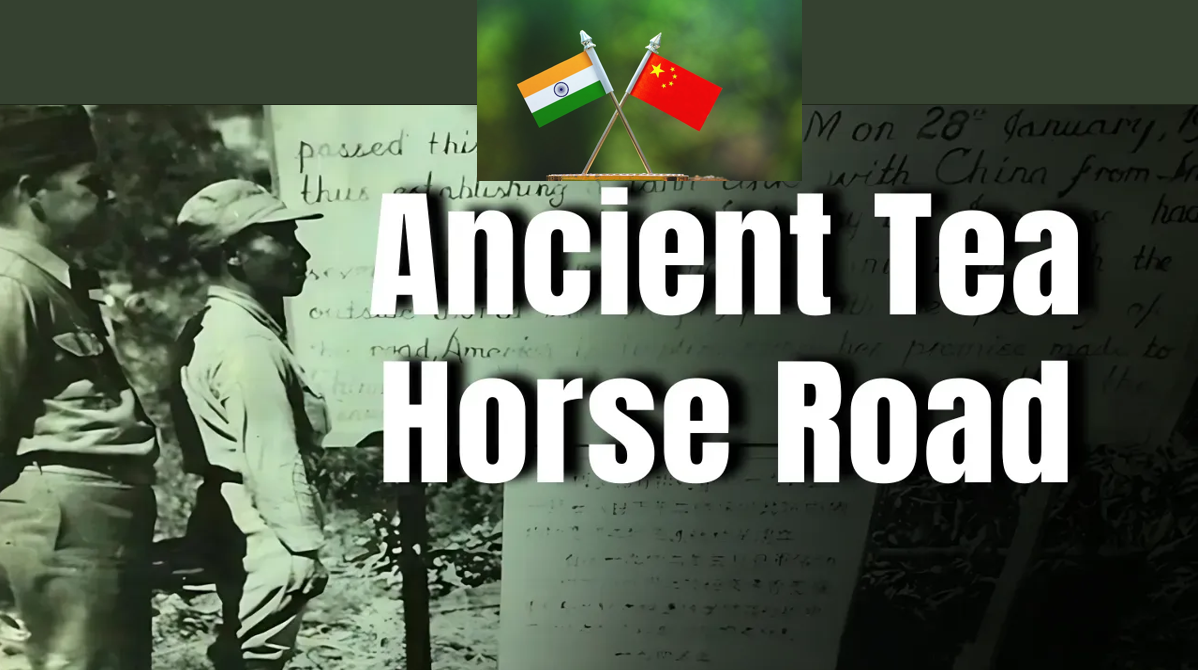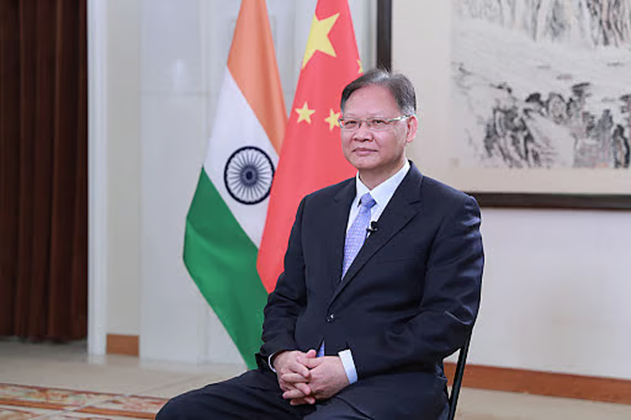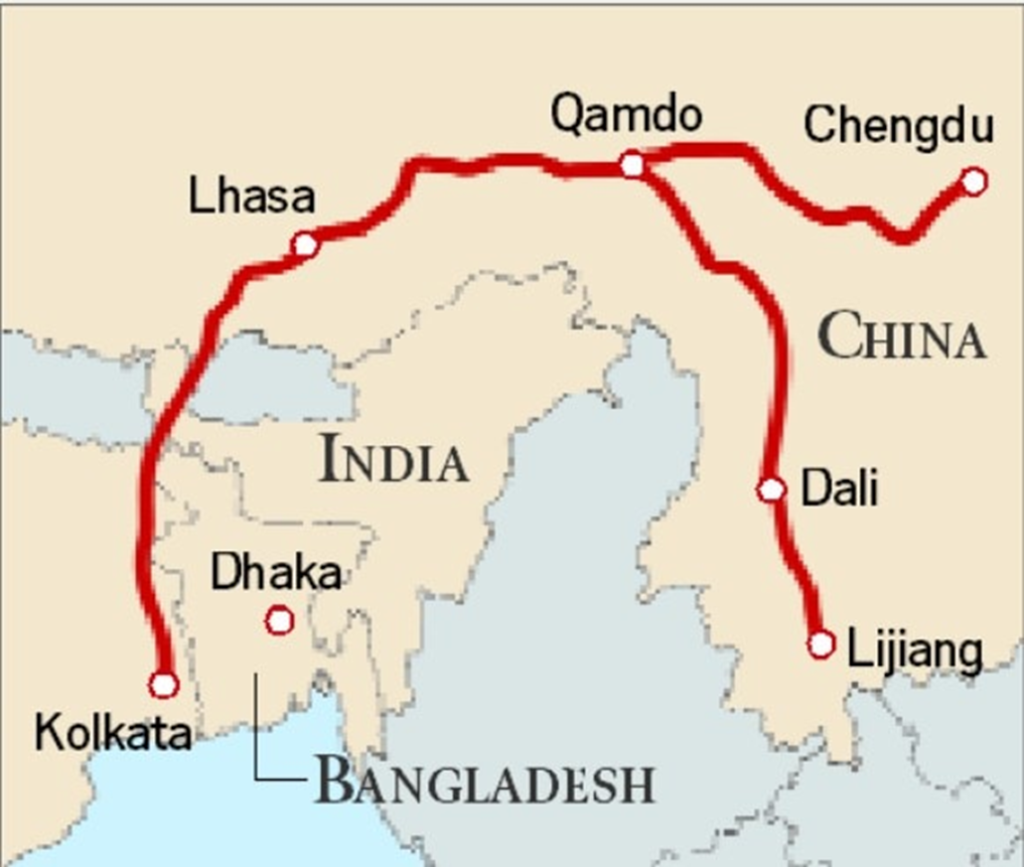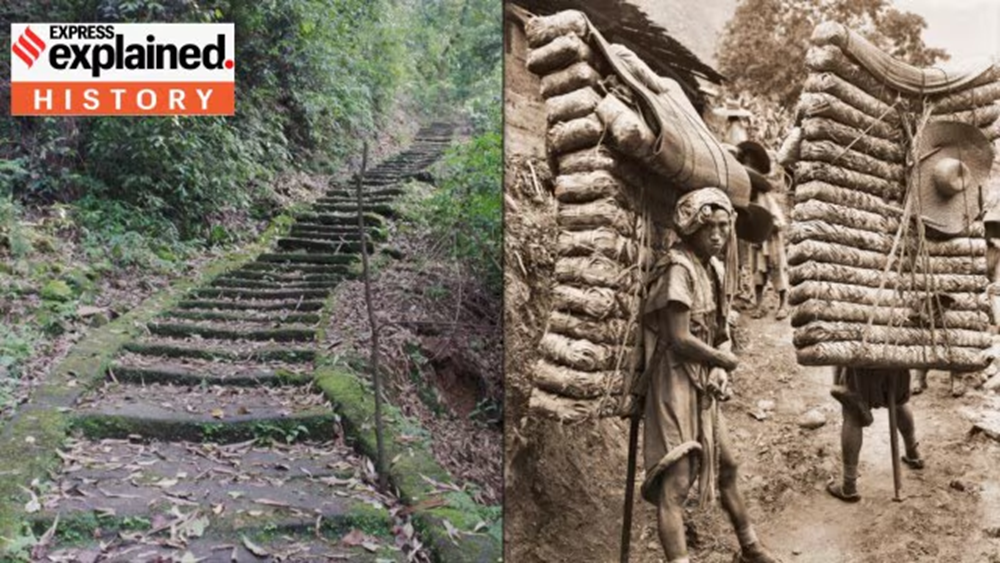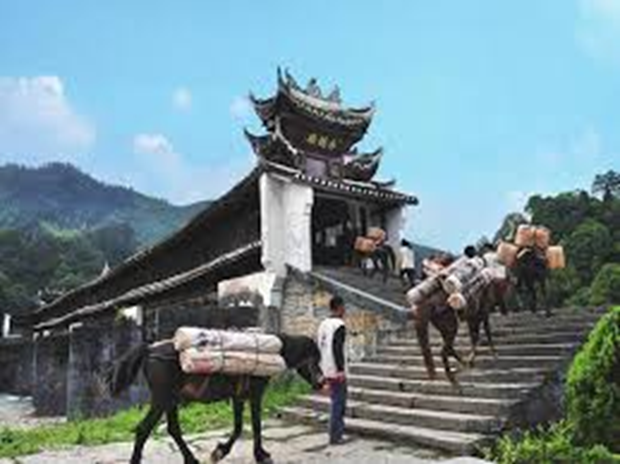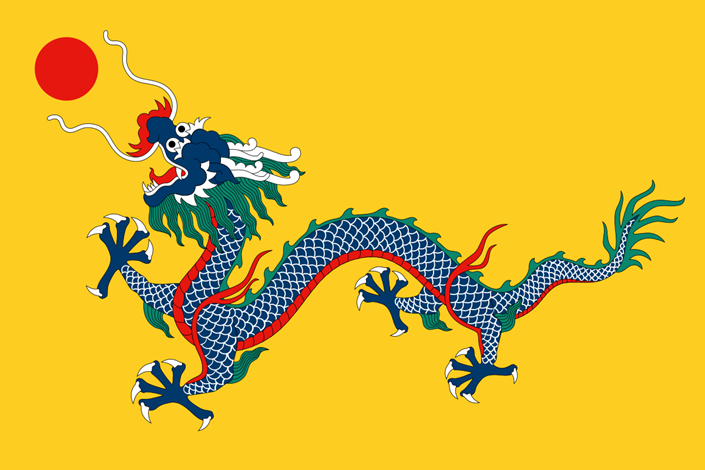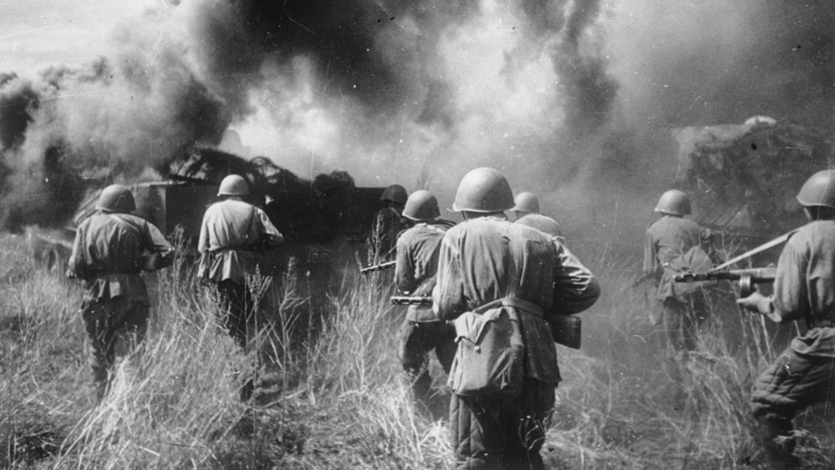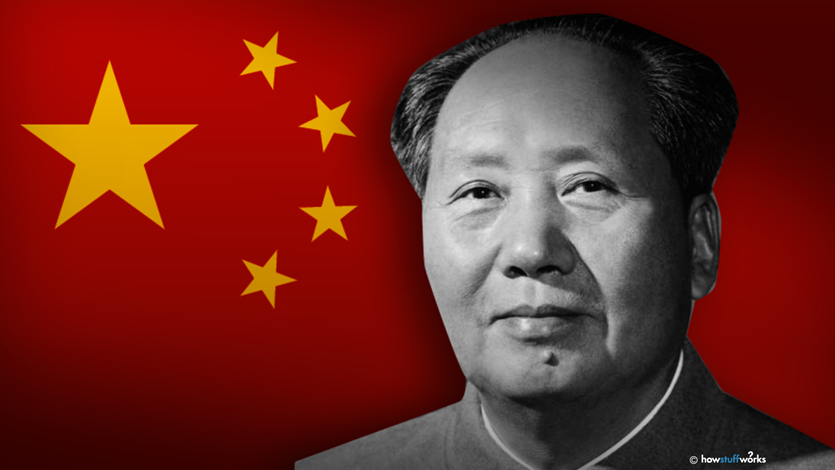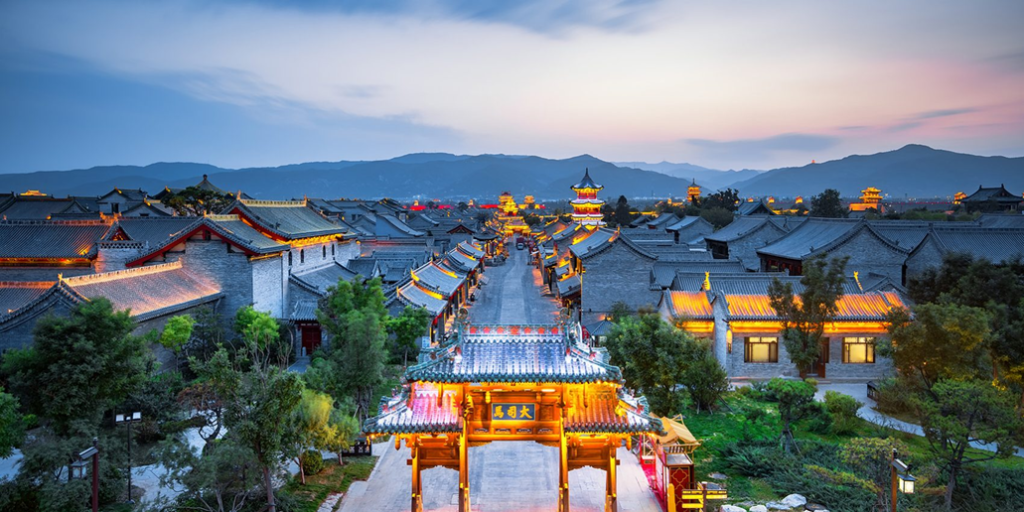China’s Ambassador to India Xu Feihong posted on X about the historic Tea Horse Road which spanned more than 2,000 km, and connected China to India via Tibet. “The Ancient Tea-Horse Road witnesses the exchanges and interaction between China and India throughout the long river of history,” he wrote.
Tea Horse Road Connected India To China, Through Tibet
Why In News
- China’s Ambassador to India Xu Feihong posted on X about the historic Tea Horse Road which spanned more than 2,000 km, and connected China to India via Tibet. “The Ancient Tea-Horse Road witnesses the exchanges and interaction between China and India throughout the long river of history,” he wrote.
- Although not as well-known as the Silk Road, which linked China and Europe, the Tea Horse Road was a crucial commercial pathway for centuries.
- “Tea from across China was transported to Xizang [Tibet], then shipped to Kolkata via the Himalayan passes, and sold in Europe and Asia on a massive scale,” the Ambassador wrote.
What Is The Tea Horse Road
- Tea Horse Road does not refer to a single road but a network of branching paths that began in southwest China and ended in the Indian subcontinent. The two main pathways passed through cities like Dali and Lijiang in Yunnan province, and reached Lhasa in Tibet, before entering the Indian subcontinent where they branched into present-day India, Nepal, and Bangladesh.
- These routes were perilous to travel on, passed through difficult terrain, and reached an elevation of up to 10,000 feet. The origin of the Tea Horse Road can be traced to the rule of the Tang dynasty in China (618-907 CE). The writings of Buddhist monk Yijing (635-713 CE) — who gave some of the most detailed descriptions of Nalanda university available— mention products like sugar, textiles, and rice noodles being transported from southwestern China to Tibet and India while horses, leather, Tibetan gold, saffron and other medicine herbs went to China.
- (Shaochen Wang, ‘The Protection, Designation and Management of Cultural Routes: A Case Study of the Tea & Horse Road in China’, 2021).
- Over time, the trade focused on teas and horses, as official documents from the Song dynasty (960-1279 CE) show. However, traders would also use the route to deal in other goods, not necessarily covering the entire trail to South Asia at all times.
Why Was The Tea Horse Road Important
- The main driver for the road is believed to be the demand for tea among Tibetan nomads. One popular legend says tea became popular when a princess who married a Tibetan king in the 7th century brought the beverage as a dowry to the mountain kingdom.
- A National Geographic article gave more practical reasons: “Tibetan royalty and nomads alike took to tea for good reasons. It was a hot beverage in a cold climate where the only other options were snowmelt, yak or goat milk, barley milk, or chang (barley beer). A cup of yak butter tea—with its distinctive salty, slightly oily, sharp taste—provided a mini-meal for herders warming themselves over yak dung fires in a windswept hinterland.”
- At the same time, horses were a vital military resource and a means of transportation. But the central plains of China did not produce horses, meaning that they had to be imported from neighbouring Tibet and Yunnan.
- “The geographical features of the commercial goods tea and horse, in this case, promoted the complementary exchange activities and formed the tea and horse exchange market,” Shaochen Wang wrote.
- In fact, by the 10th century, official facilities were established along the border counties in China to control and supervise the trade trade. With the rise and fall of kingdoms, trade ebbed and flowed over the next few centuries. For instance, tea was pressed together and packed into “bricks” — a form of packing that remains popular to date, and was akin to currency in medieval Tibet, scholars say.
- Meanwhile, sturdy Tibetan steeds became central to China’s fights against nomadic tribes from Mongolia, the predecessors of the mighty Genghis Khan.
Why Did The Route Decline
- In 1912, as the time of the Qing dynasty came to an end, the Horse Tea Road would continue to remain significant. Domestic “turmoil and foreign aggressions” provided a “unique opportunity for the trading systems in southwest China”, Shaochen Wang wrote.
- Through the road, new techniques and goods were brought to the less-developed mountainous regions of Yunnan. Additionally, with China now being in greater contact with the world market, Yunnan’s tea industry rapidly expanded.
- Later, during World War II, the road played a significant role in transporting supplies to the frontline battlefield in China, with Japan controlling almost all of the Chinese coastline and airspace.
- With the establishment of the People’s Republic in 1949, the Tea Horse Road witnessed a gradual decline. Roads were paved and modern construction was undertaken, with only a few trails surviving now. Most notably, porters who would carry loads of up to 150 kg mostly stopped the backbreaking work following Mao Zedong’s land reforms.
- Of late, China has promoted tourism along the historic path. Lijiang became a UNESCO World Heritage Site in 1997. The UNESCO website says, “From the 12th century onward, the Old Town of Lijiang was an important goods distribution center for trade between Sichuan, Yunnan and Tibet, and is where the Silk Road in the south joins the Ancient Chama (Tea and Horse) Roads.”
- It added that cultural and technological exchanges over 800 years have created unique local architecture, art, landscape, culture and social life. These incorporate the quintessence of Han, Bai, Tibetan and other ethnic groups. It also noted how “the murals in the religious architecture and other buildings reflect the harmonious co-existence of Confucianism, Taoism, and Buddhism.”
